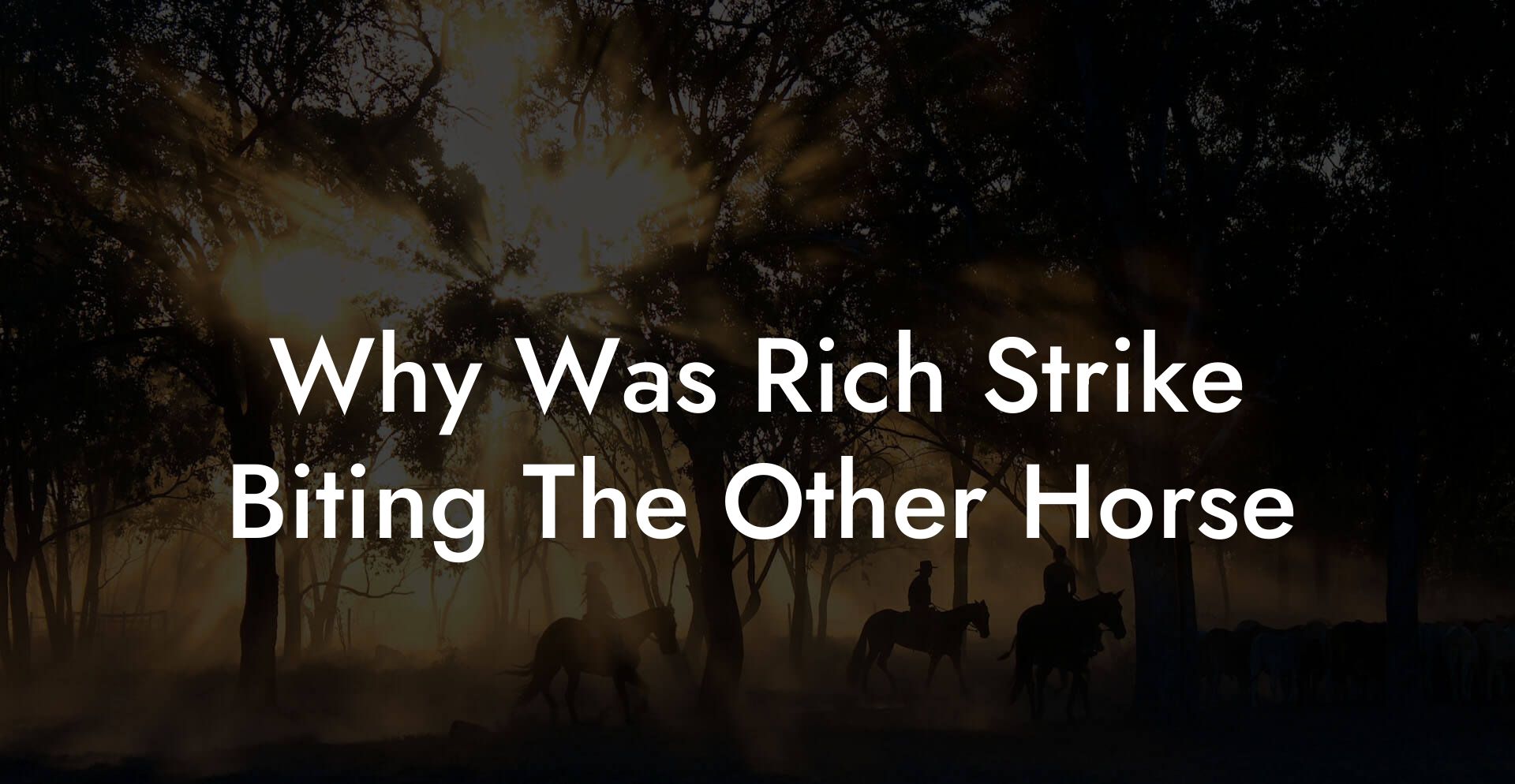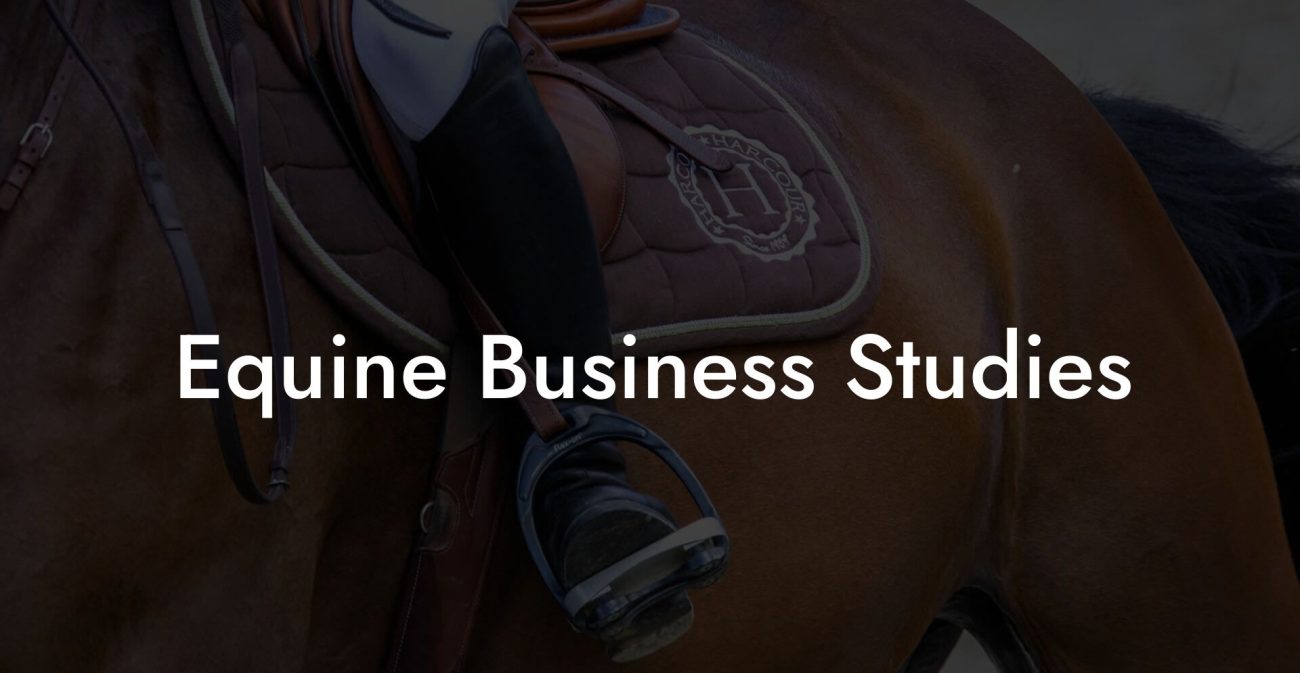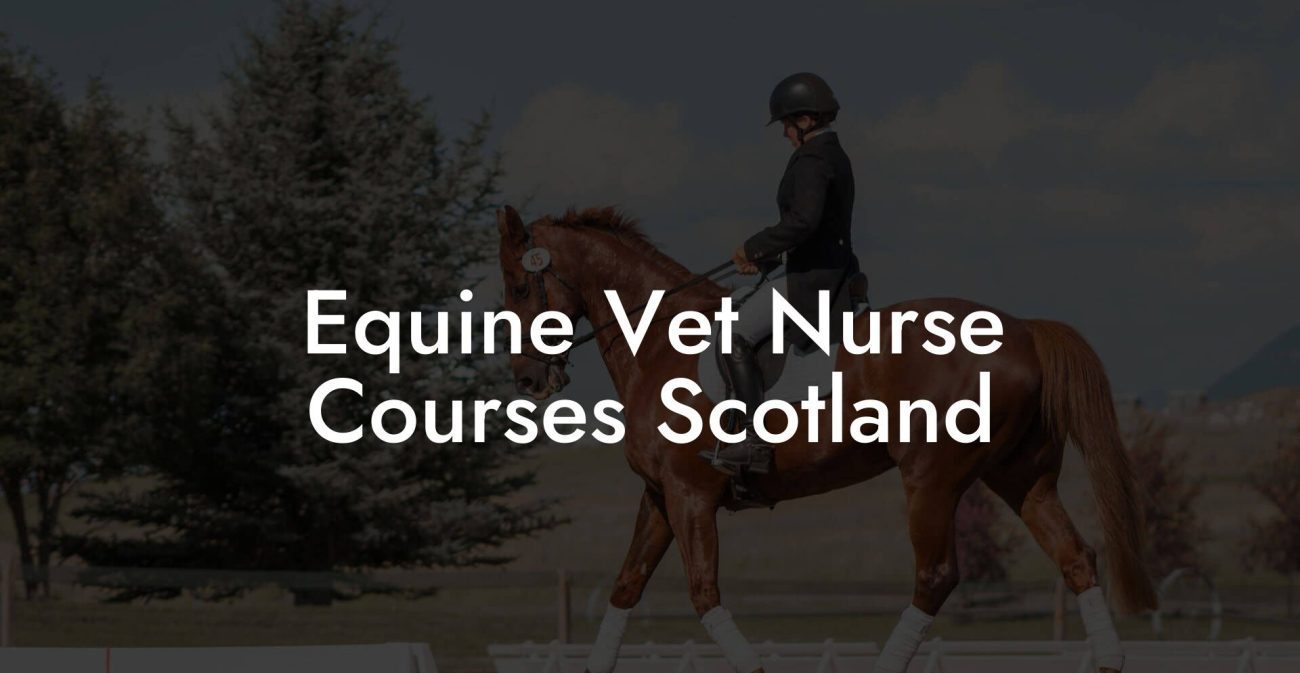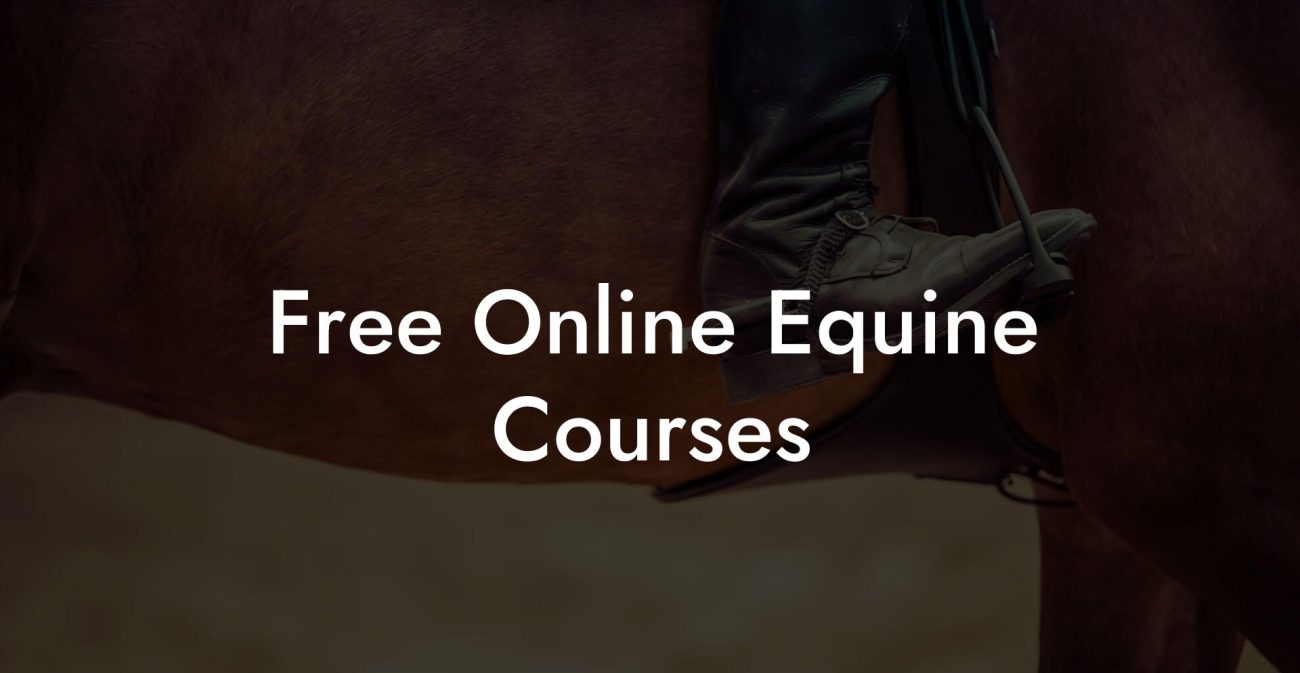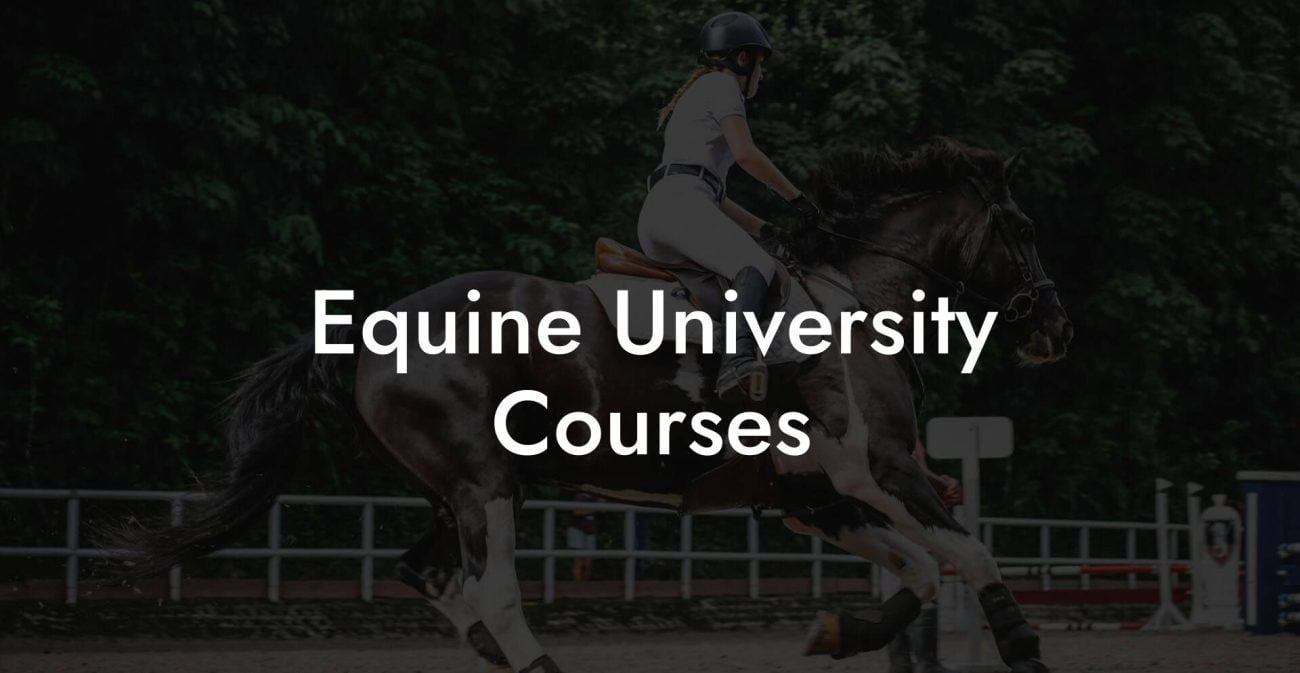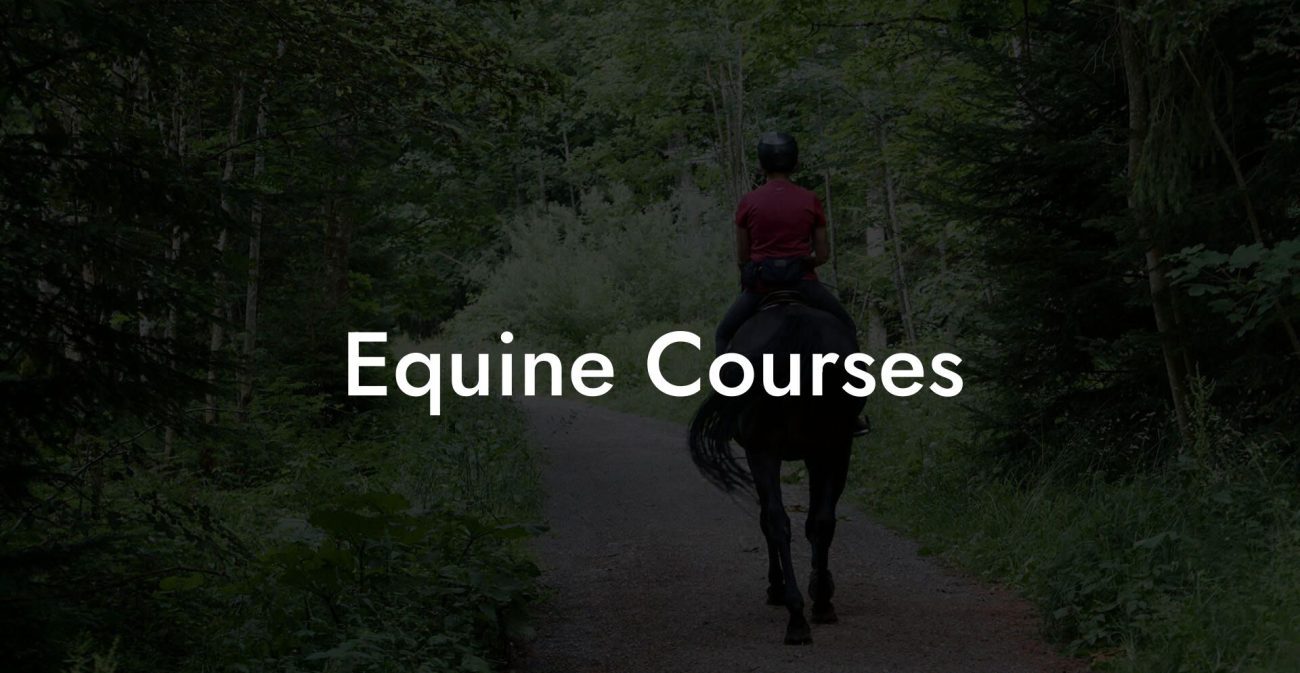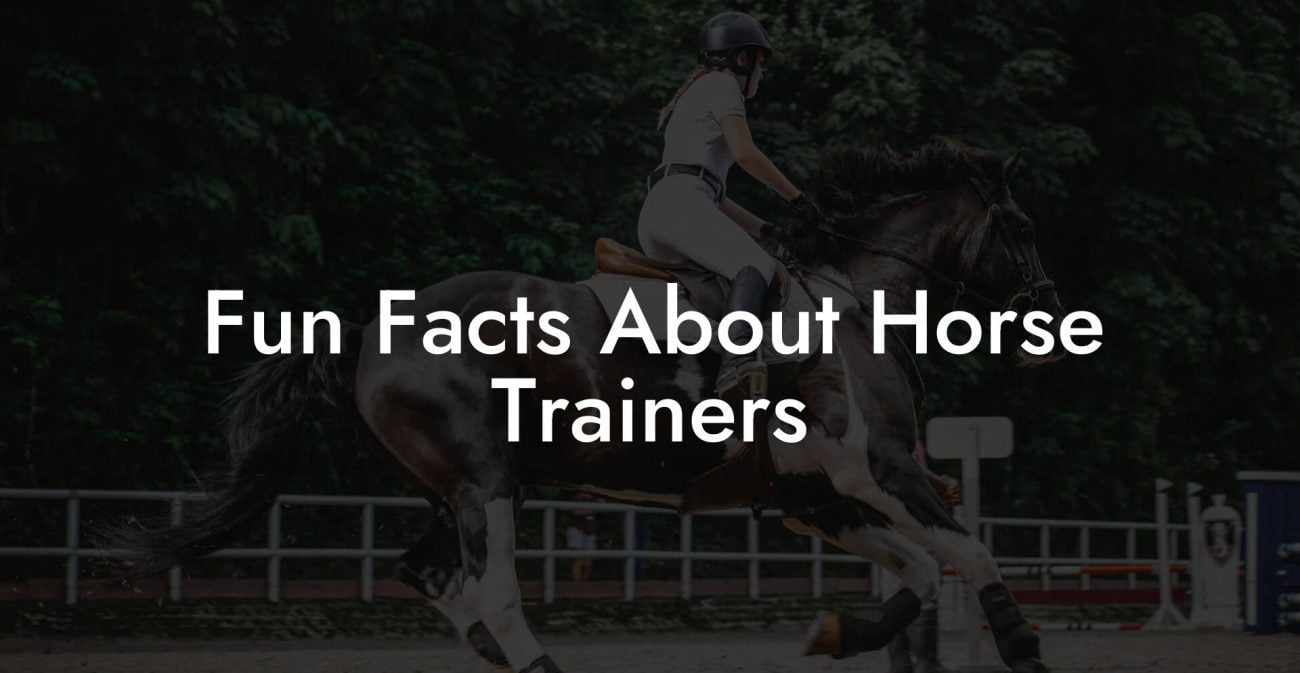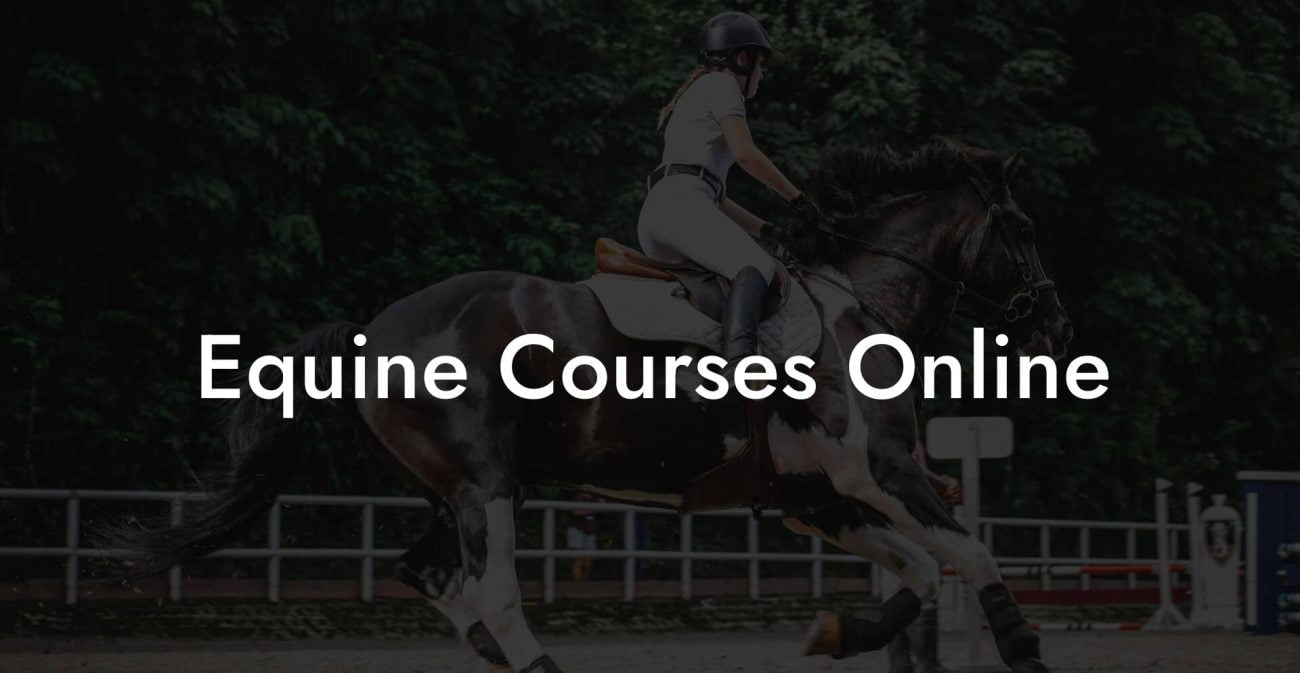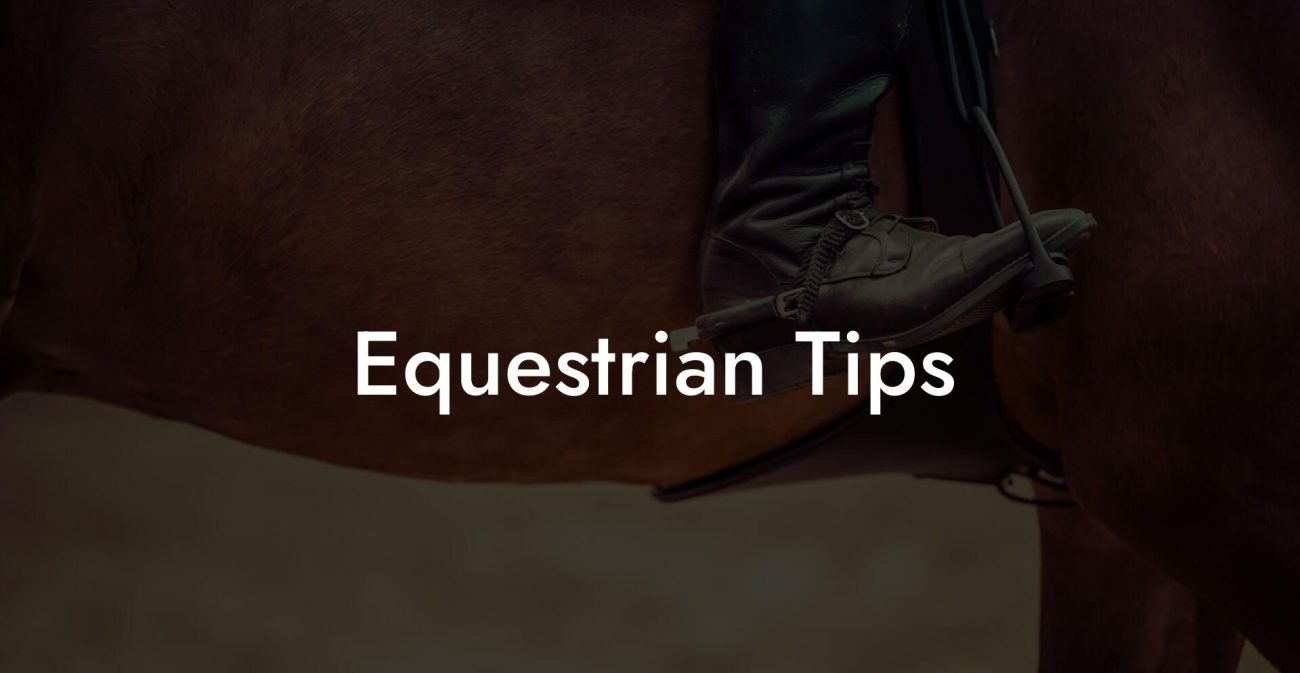Horse owners and enthusiasts alike may have experienced or witnessed the phenomenon of one horse biting another during their interactions. But what could be the driving force behind this seemingly aggressive behavior, particularly in the case of Rich Strike? In this article, we'll delve into the reasons behind this equine conduct, explore some possible solutions, and provide a real-life example for context.
Why Was Rich Strike Biting The Other Horse Table of Contents
Understanding Horse Biting
Establishing Dominance
Horses, by nature, are herd animals that organize themselves in a hierarchical structure. In order to establish their position within the group, horses may use aggression in the form of biting to assert their dominance over the other members. This could be one reason for Rich Strike's biting behavior.
Playfulness
Not all biting is malicious or related to dominance. Younger horses, especially geldings, tend to engage in playful biting behavior as a means of socialization and bonding. It's important to observe the body language of the horses involved in such cases to differentiate between playful and aggressive biting.
Discomfort or Pain
Another possible reason for a horse biting another could be an underlying health issue or physical discomfort. A horse experiencing pain may become irritable and snap or bite at nearby animals. Consulting a veterinarian is essential in uncovering and addressing any health-related issues that may be contributing to the aggressive behavior.
Managing Biting Behavior
Behavioral Training
Behavioral training is crucial in mitigating horse biting issues. Establishing and maintaining your position as the herd leader is important, as this sends a clear message to the horse that any unacceptable behaviors will not be tolerated.
Environmental Changes
Altering the environment in which the horses interact could play a part in reducing biting incidents. For instance, making sure there are sufficient resources, such as hay or water, could prevent competitive aggression over limited resources. Providing an optimal living space and implementing separation techniques if necessary, may also be helpful depending on the situation.
Professional Help
If biting becomes a persistent issue with a horse, seek the help of a professional equine behaviorist. These experts can evaluate the situation and recommend customized solutions tailored to specific cases of aggression.
Why Was Rich Strike Biting The Other Horse Example:
Sarah, a seasoned horse owner, noticed that her horse Rich Strike was consistently biting another horse at her stable. Concerned, she decided to take a closer look at the situation to determine the root cause of this behavior. After assessing Rich Strike's body language, she concluded that his actions were more playful than aggressive. Nonetheless, she wanted to address the behavior before it became a bad habit.
To tackle this issue, Sarah increased the amount of exercise and stimulation Rich Strike received daily, hoping to direct his playful energy elsewhere. She also supervised the interactions between Rich Strike and the other horse, promptly redirecting unwanted behavior when necessary. In addition, Sarah provided both horses with separate buckets of hay, water, and grooming stations to further mitigate the chances of aggressive behavior due to resource competition.
With consistent efforts, Sarah started to see a reduction in Rich Strike's biting behavior. She continued her commitment to behavioral management and kept a close eye on the horses' interactions to ensure long-term success and a peaceful, harmonious herd.
Horse biting behavior can be the result of various factors, including dominance, playfulness, or pain. Understanding the reasons behind the behavior and taking appropriate action is essential in ensuring the well-being of the horses involved. We hope you found this article informative and helpful in understanding the case of Rich Strike. If you enjoyed reading, please consider sharing it and checking out other informative articles on How to Own a Horse to continue your equine education journey!

